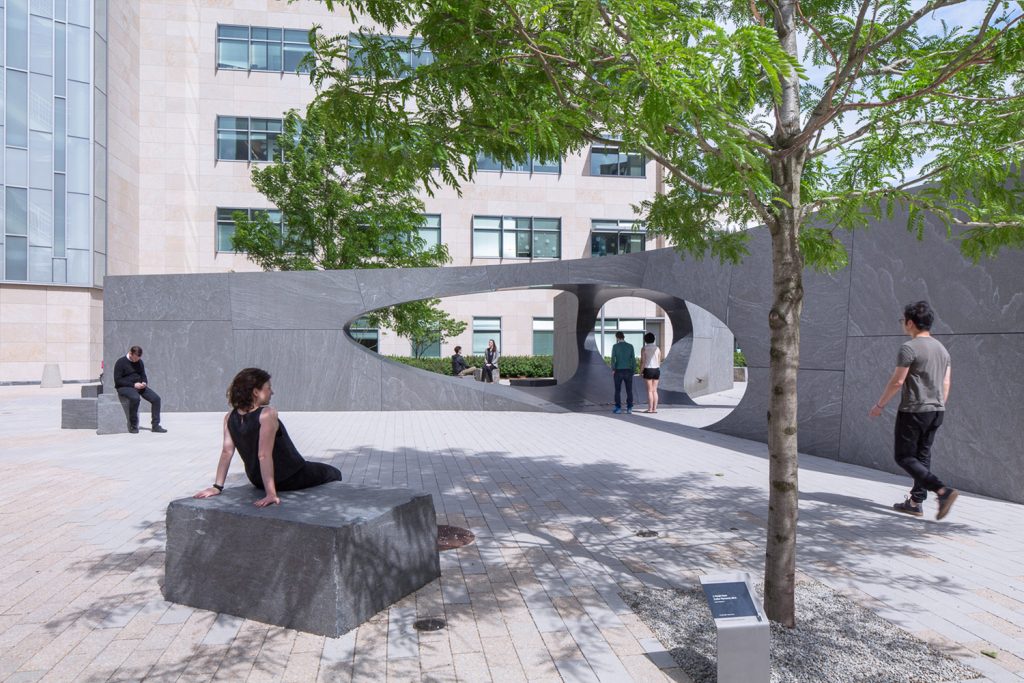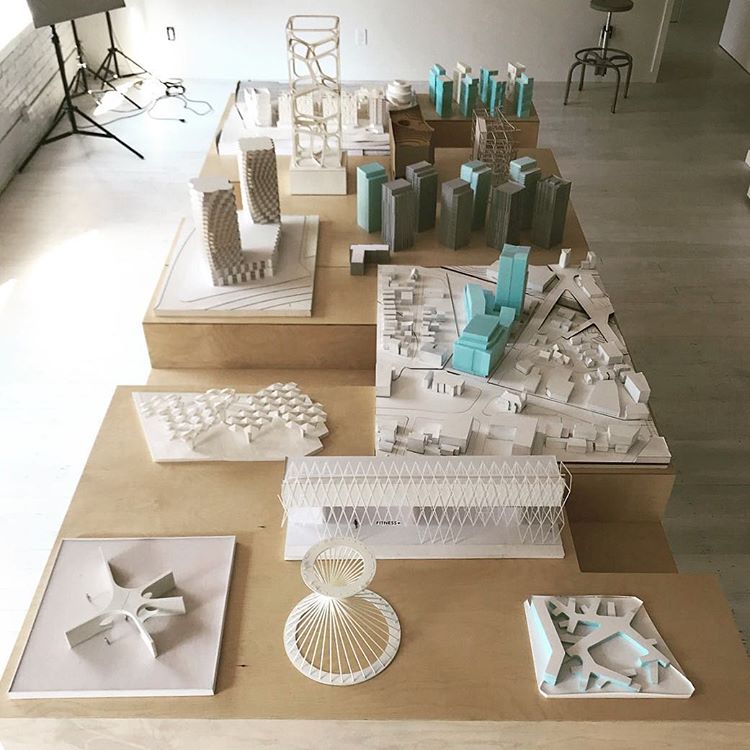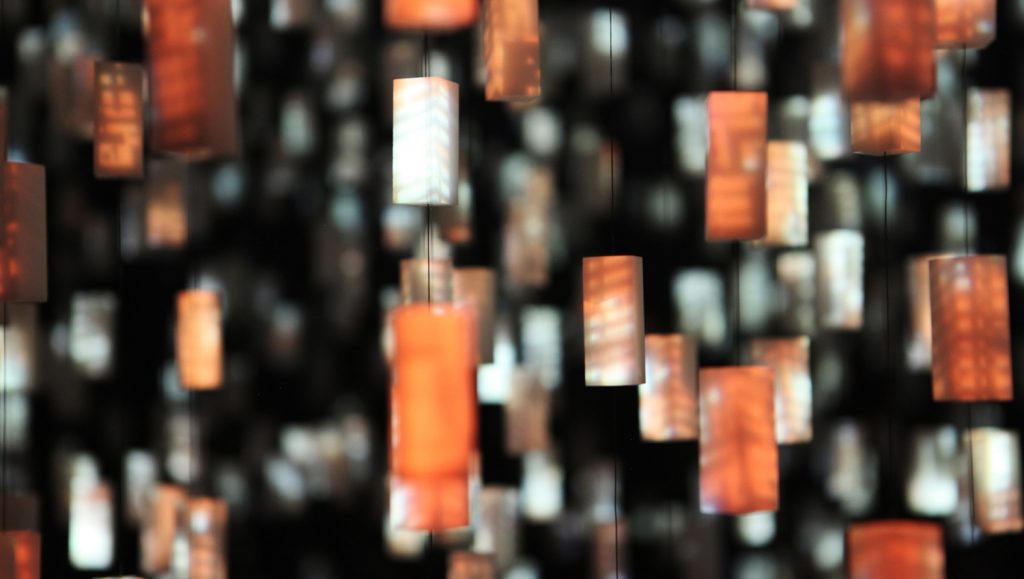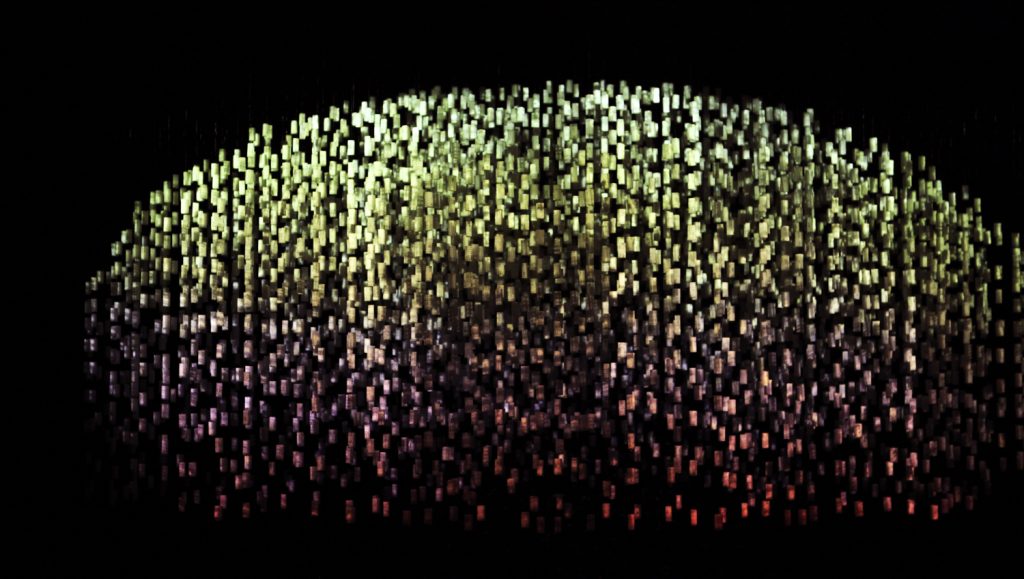http://www.howeleryoon.com/work/


When looking for an artist, I came across Höweler + Yoon. They are more of a team of people rather than just one person and their work. I was interested in their work because it looks very futuristic or otherworldly. Their architecture reminded me of many dystopian films. One particular work that interests me is the Collier Memorial in Cambridge, MA. The structure makes a star/hand shape out of blocks of granite. Its form was helped with new digital fabrication and structural computation technologies. In my research, I think this is the largest structure I have seen that used computation. Höweler + Yoon is an architecture practice and creative studio with some 20 workers spanning from architects, designers, and researchers. It seems that the company does not rely on computation to create their designs, but a lot of their architecture and shape reminds me of the randomness used to create images and animations when coding.

![[OLD SEMESTER] 15-104 • Introduction to Computing for Creative Practice](https://courses.ideate.cmu.edu/15-104/f2021/wp-content/uploads/2023/09/stop-banner.png)


